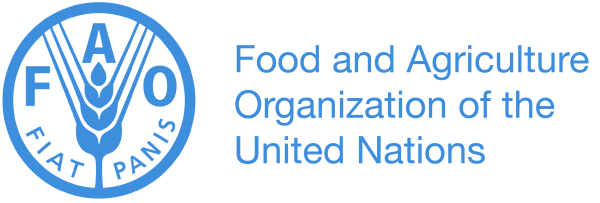Development of a next generation sequencing technique to characterize and identify reassortant highly pathogenic avian influenza H5N1 clade 2.3.2.1c virus circulating in poultry in Indonesia
Hendra Wibawa1, Herdiyanto Mulyawan1, Trian Mahawan2, Eko A Srihanto3,
Yuli Miswati4, Nensy M Hutagaol5, Arif Riyadi6, Dinar H.W. Hartawan7,
Ferra Hendrawati8, Deswarni9, Farida C Zenal10, Nining Hartaningsih10,
Syafrison Idris11,Luuk Schoonman10, James McGrane10,
Bagoes Poermadjaja1, Fadjar Sumping Tjatur Rasa11.
1 Disease Investigation Center Wates, 2 Disease Investigation Center Subang,
3 Disease Investigation Center Lampung, 4 Disease Investigation Center Bukittinggi,
5 Disease Investigation Center Medan, 6 Disease Investigation Center Banjarbaru,
7 Disease Investigation Center Denpasar, 8 Disease Investigation Center Maros,
9 Animal Health Laboratory Jakarta Province, 10 FAO Indonesia, Jakarta,
11 Directorate of Animal Health, Directorate General of Livestock and Animal Health Services, Jakarta, Indonesia.
Abstract
Highly pathogenic avian influenza virus (HPAIV) of H5N1 subtype continues to mutate resulting in generation of multiple virus sublineages. Two HPAIV H5N1 sublineages remain endemic in Indonesia, clade 2.1.3.2 and clade 2.3.2.1c; however, the latter clade has predominantly been detected in poultry since 2013. In 2014, the Government of Indonesia officially assigned a team to monitor variation in influenza viruses circulating in the country and establish an Influenza Virus Monitoring (IVM) platform, with an integrated network of veterinary diagnostic laboratories. The IVM Network team coordinates with field animal health services and laboratories to conduct molecular surveillance whereby avian influenza viruses isolated from poultry and the environment in Indonesia are antigenically and genetically characterized. This study aims to sequence and to characterize HPAIV H5N1 strains isolated from recent poultry outbreaks in Indonesia using next generation sequencing (NGS), particularly to detect and to identify reassortment between AIV viruses.
Field samples (oropharyngeal swabs or tissues) were obtained from sick/dead birds from a range of bird species (chickens, ducks, muscovy ducks, quail, and an eagle) during an unexpected spike of HPAIV outbreaks in Java, Sumatra, Sulawesi, and Bali from December 2015 to April 2016. The samples were sent to Disease Investigation Centers (DICs) for influenza virus identification and characterization using the IVM protocols and procedures developed by the Government of Indonesia and FAO/OFFLU. Influenza type A positive samples were transferred to the national AIV reference laboratory at DIC Wates for whole-genome sequencing using NGS techniques followed by bioinformatics analysis.
The results identified genetic reassortment of HPAIV H5N1 clade 2.3.2.1c with clade 2.1.3.2 or with other AIV subtypes. This highlights the risk of co-circulation of different AI viruses in poultry and related market chains; therefore, continuous surveillance to monitor virus evolution is important.
Keywords: Avian Influenza, H5N1, reassortment, next generation sequencing, influenza monitoring





